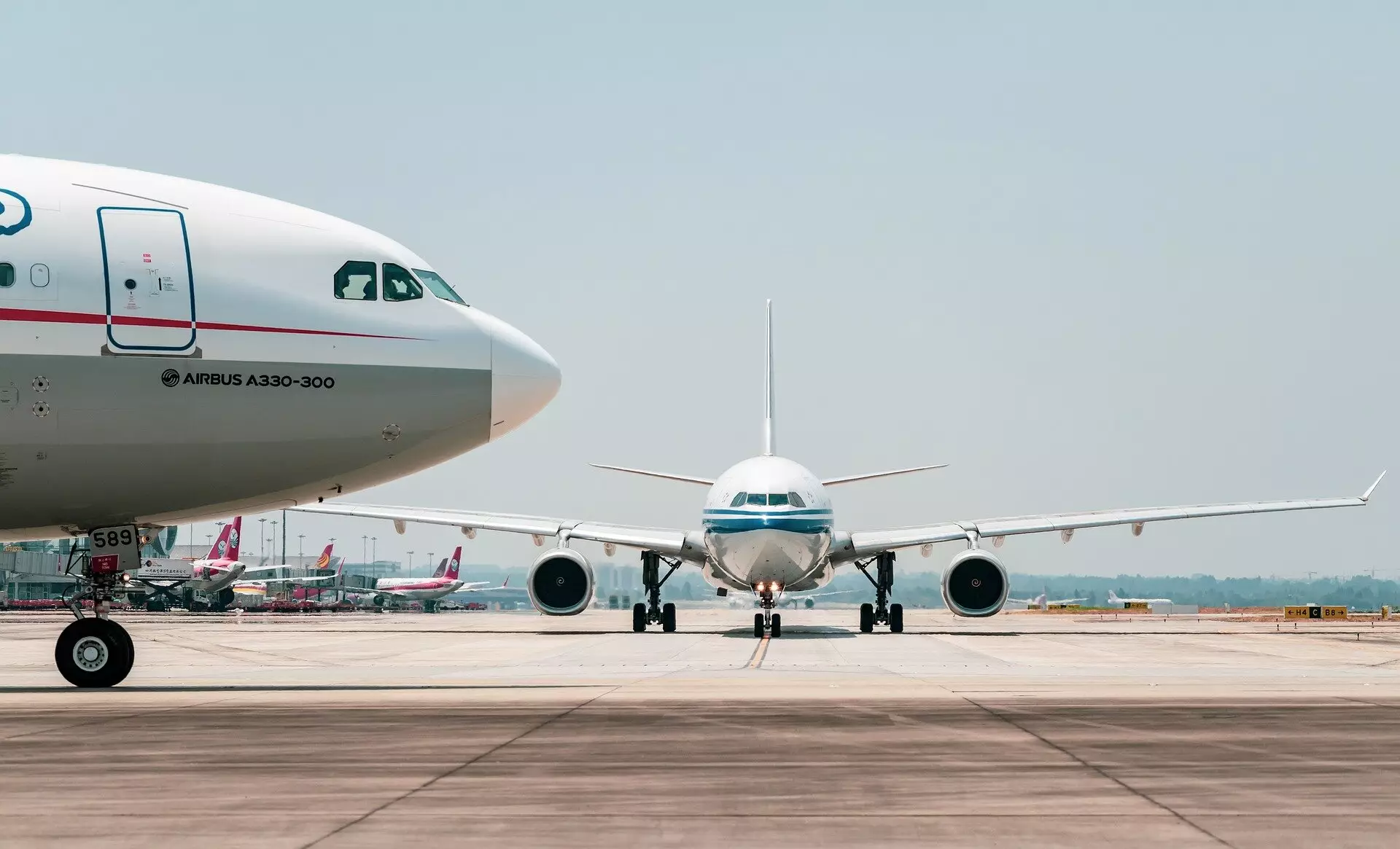A recent report released by Cambridge University serves as a wake-up call for the aviation sector, which, despite government and industry promises, is lagging significantly in its pursuit of net-zero emissions by 2050. Dubbed “Five Years to Chart a New Future for Aviation,” the report articulates a clear five-year roadmap consisting of actionable goals aimed at steering the aviation industry towards a more sustainable trajectory. In an era marked by overwhelming climate challenges, the urgency for immediate action in aviation practices cannot be overstated.
The aviation industry has long been associated with high carbon emissions, a significant contributor to global climate change. The Cambridge report highlights that current efforts to reduce these emissions are falling short and emphasizes that ambitious pledges made by stakeholders lack the necessary follow-through. As air travel grows with increasing demand, complacency poses a severe risk; thus, a re-evaluation of strategies is critical.
Central to the report are four pivotal Sustainable Aviation Goals that the industry must adopt by 2030:
1. **Global Contrail Avoidance System**: The report advocates for the swift deployment of a global system aimed at preventing contrail formation, which can amplify climate impact. This strategy has the potential to mitigate aviation’s climate footprint by as much as 40%. To achieve this, coordinated experiments at regional airspace levels need expedited commencement, generating real-world data.
2. **Unlocking System-Wide Efficiency**: The report calls for comprehensive policy reforms that promote efficiency gains across the aviation sector. Individual airlines often lack the leverage to initiate systemic improvements; thus, collective regulatory efforts could halve fuel consumption by 2050, a monumental step forward in the fight for sustainability.
3. **Reforming Sustainable Aviation Fuel Practices**: Sustainable Aviation Fuel (SAF) policies are urged to evolve to meet global biomass constraints while simultaneously promoting renewable electricity generation. Providing market confidence in SAF will be critical for its rapid scaling, allowing it to be a practical alternative to traditional jet fuels.
4. **Moonshot Technology Programs**: A commitment to innovation through the launch of technology demonstration programs is deemed essential. These programs will focus on assessing transformative technologies, thereby hastening their deployment timeline.
Collaboration and Collective Responsibility
The report has been spearheaded by the Aviation Impact Accelerator (AIA), a collaborative initiative rooted in the research prowess of Cambridge University’s Whittle Laboratory and the Cambridge Institute for Sustainability Leadership (CISL). By uniting various stakeholders within the industry, such as governments, researchers, and aviation companies, the need for a multifaceted approach is recognized as vital to facilitate meaningful change.
Professor Rob Miller, Director of the Whittle Lab, draws a parallel between the aviation sector today and the automotive industry of the late 2000s. He alludes to the transformative influence of electric vehicles led by Tesla, advocating for an equally revolutionary mindset within aviation—a shift that could greatly accelerate the journey to net-zero.
Eliot Whittington, Executive Director at CISL, underscores the necessity of balancing optimism and realism in sustainability discussions. Relying on evidence, he highlights significant hurdles that lie ahead while reassuring stakeholders that a path to sustainable aviation on a large scale is indeed feasible.
The Cambridge University report is more than just a set of recommendations; it is an urgent call to action for the aviation industry. The challenge ahead may be daunting, but with defined goals and collaborative efforts among industry stakeholders, the vision for a sustainable aviation future by 2050 can become a reality. The time to act is now—failure to do so could have dire consequences, not only for aviation but for the climate as a whole. As the industry stands at this critical juncture, it is imperative that stakeholders rally together, embracing innovation and accountability, to realize the full potential of sustainable aviation.


Leave a Reply